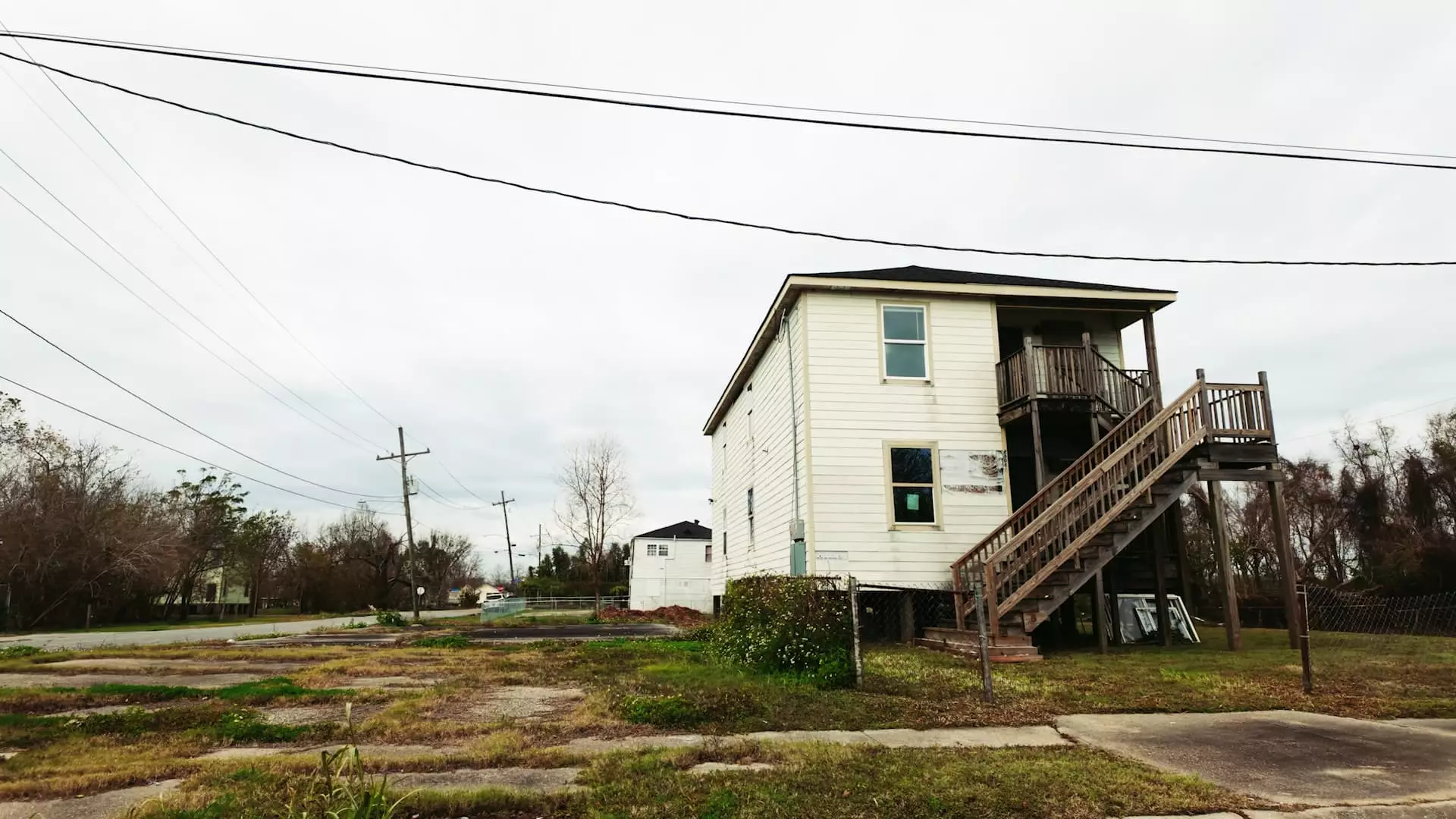In the wake of Hurricane Katrina, which struck New Orleans in 2005, the city has faced an arduous journey towards recovery and regeneration. The storm, an unprecedented natural disaster, resulted in flooding that devastated not only the lives of its residents but also the physical landscape of the area. With the loss of over 1,800 lives and the displacement of millions, the scale of destruction was staggering. Nearly 25% of the city’s housing stock succumbed to abandonment, leaving neighborhoods in disarray. This unprecedented catastrophe, recognized as the costliest tropical cyclone in U.S. history, incurred damages of approximately $201.3 billion when adjusted for inflation, marking a pivotal moment in the city’s historical narrative.
As residents slowly returned to a city marked by skeletons of their former homes, the real estate market reacted violently. The limited supply of housing resulted in skyrocketing property values, especially in neighborhoods like Holy Cross in the Lower Ninth Ward, which was one of the hardest-hit areas. Longtime resident Calvin Alexander noted a staggering increase in his home’s assessed value—an eye-popping growth of approximately 266% since the storm. This phenomenon was not confined to just the Lower Ninth Ward; across the metropolitan area, home prices surged nearly 71%. Such a drastic shift raises questions about the sustainability of the recovery and the long-term implications for those returning to the city.
Challenges in the Reconstruction Efforts
Despite high property values, many regions of New Orleans continue to grapple with economic strain, particularly among lower-income families. The “Road Home Program,” initiated to assist homeowners affected by the disaster, has faced widespread criticism due to its convoluted application process and design flaws that predominantly harmed vulnerable residents. Laura Paul, executive director of lowernine.org, criticized the program’s method of valuing homes based on pre-storm assessments. This practice disproportionately left low-income residents struggling to finance their rebuilds, exacerbating economic disparities in a city already reeling from the effects of Katrina.
Sadly, New Orleans illustrates a stark contrast between property wealth and actual living conditions. Current statistics indicate a worrying trend: household incomes are below the national average, and poverty rates soar compared to nationwide figures. The post-Katrina landscape has revealed how vulnerable communities face a compounding crisis, struggling not only with housing insecurity but also with rising living costs, compounded by the burgeoning insurance premiums that follow the city’s reputation as a disaster-prone area.
In an effort to bolster resilience, federal and state governments have invested heavily—approximately $15 billion—into reconstructing essential drainage systems, levees, and water pumping stations. This expenditure aims to ensure the city’s protection against future storms, a necessary step given the increased frequency of extreme weather events. However, these infrastructure improvements come with a caveat: they may inadvertently contribute to the ongoing issue of land subsidence, thereby introducing a new layer of complexity to the region’s environmental challenges.
Balancing Costs with Benefits
Yet, as Glenn Ledet, executive director of the Coastal Protection and Restoration Authority, elaborates, the investment in storm protection systems breeds tangible economic benefits. The state is purportedly receiving $7 in benefits for every dollar spent on these systems. This positive return on investment underscores the potential for long-term financial health, even as the city navigates the treacherous waters of climate change impacts and infrastructure challenges. The goal moving forward will be not just to fortify the city against future storms, but also to ensure that the recovery benefits all residents, especially those who have historically been disenfranchised.
Looking Ahead
New Orleans stands at a crossroads, balancing the urgent need for effective disaster recovery with the challenges of economic disparity and environmental degradation. As the city is projected to spend $50 billion over the next five decades on storm resilience, one hopes this comprehensive plan will bring about not only a safer and more secure environment but also foster equitable restoration for all its residents. The lessons from Hurricane Katrina continue to resonate, reminding us of the critical importance of community resilience in the face of disaster.

